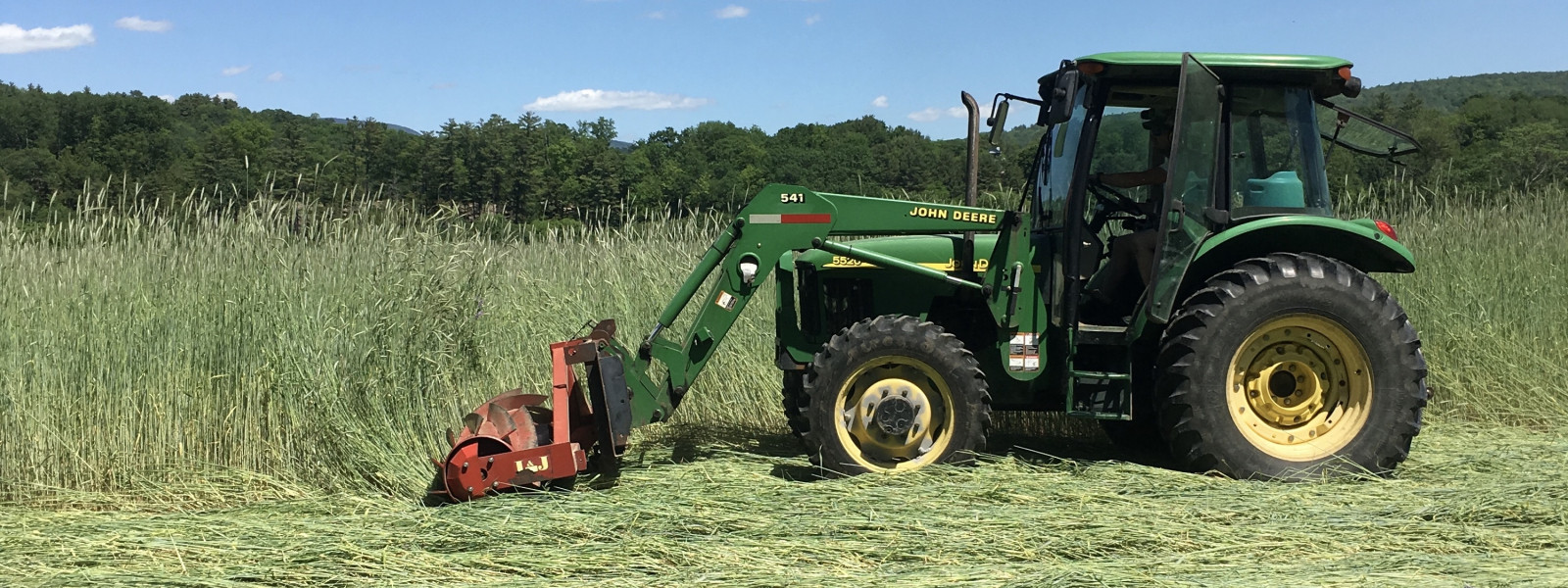
Tips
You searched for onions and found 21 tips.
- Cabbage: Using & Storing – Do you know how to use cabbage? How about storing it? This tip will teach you how to do both things, so you can make the most of the harvest! Read more →
- Carrots, Beets, Parsnips, and Similar Roots: Storage Tips – Storing food in small amounts is easy, but in larger quantities it can be tricky in our increasingly energy efficient homes. Root vegetables store best in the refrigerator. Here are some more tips for keeping them longer. Read more →
- Collard Greens: All About Them – A heartier green and member of the cabbage family, collard greens contain substantial amounts of vitamins K, and are rich sources of vitamin A, vitamin C, and manganese. They are also a moderate source of calcium and vitamin B6. Read more →
- Cucumbers: All About Them – There are three varieties of cucumbers – slicing, pickling, and burpless. Pickling cucumbers often have a thicker, bumpier skin. Burpless have a thinner skin, more pleasant taste, and are easier to digest, which gives them the name “burpless”. Read more →
- Early Planting – Here are some tips on getting on start on early plantings. Learn about crops that are less risky to plant early, and also some tricks that can help you protect your plants on those often cold spring nights. Read more →
- Fennel: All About It – Fennel is a versatile plant. You can eat all of it – bulb, stems, and leaves (fronds). Read more →
- Frost Protection – Traditionally there is still a good possibility of frost in the Connecticut River valley through May 20, and up in the hills through Memorial Day weekend or even the first week of June. With care, you can still get a head start on the garden. Read more →
- Green Beans: All About Them – String beans are the unripe, protective pods, of various cultivars of the common bean. They’re harvested and consumed with their enclosing pods before the seeds inside have matured. Read more →
- Greens: Storage Tips – Storing food in small amounts is easy, but in larger quantities it can be tricky in our increasingly energy efficient homes. Most greens store best in a plastic bag in the refrigerator. Here are some more tips for keeping your greens fresh. Read more →
- How to Make Sauerkraut – Cabbage is a star in kraut, salads, and more, thanks to its amazing potential in lacto-fermentation. This natural preservation method not only enhances flavor but also boosts nutritional benefits like improved digestion and nutrient absorption. Read more →
